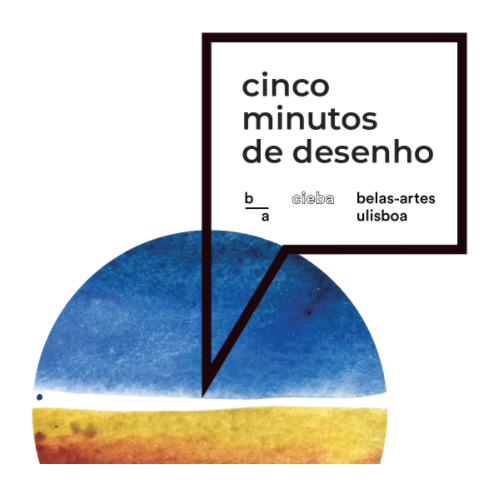Observational Drawing: Creating a Graphic Palimpsest of the Mind
The way designers experience the world – and, by extension, the way we accumulate design experiences – results in a palimpsest of the mind. As time moves along and we come to know our immediate surroundings more intimately, as we travel to far-flung points on the map and attempt to learn about the design of the built environment, it’s only to varying degrees that we’re able to recall our experiences in images, ideas, and stories. Our more recent and significant experiences have a tendency to overlap or obscure previous and less meaningful experiences. But it’s rare that we completely lose touch with a truly consequential design experience. Its traces will remain, though perhaps growing faint with the passage of time, like the traces of previous writings on parchment – a palimpsest.
During the process of design, we’re apt to draw upon our reserve of design experiences, with some being more readily accessible than others. Our minds translate what we’ve known and experienced into ‘what will be’ through the act of design and drawing, sometimes overtly and other times in more subtle ways. What is called invention or originality is often merely the reconfiguration of pre-existing design strategies. In most design situations, we’re drawing on what we know – or, at least, what we can remember about what we know. So it’s important to understand how we best acquire and retain information garnered from design experiences.
The most effective way to imprint design ideas in our minds – to strengthen the many layers of the palimpsest – is to draw what we see and experience. Not for the sole purpose of having a written and graphic record, though this clearly has its benefits, but rather for the learning that occurs while the drawings are being made. Drawing from observation is a powerful means to imprinting design experiences on the mind (as memory) and on the psyche (as experience). Having the physical sketchbook as a reference can certainly assist in the long-term process of repetitious study, but much of the deeper, more meaningful learning happens in the act of drawing. Ultimately, students and practitioners who draw regularly from observation in their sketchbooks have a more robust, accessible, and momentous reserve of design experiences from which they can derive new formulations for their work.
This paper explores the cognitive processes of drawing from observation, and how these processes can create a treasure-trove of design knowledge and experience, a graphic palimpsest of the mind.
Matthew Brehm is a Professor of Architecture at the University of Idaho, and has been a correspondent for Urban Sketchers since May 2009. He received degrees in architecture from the University of Notre Dame and the University of Oregon, and has been teaching architectural design with an emphasis on freehand sketching since 2000. Each year since 2007, he has led a 2- to 3-month architecture program in Rome, Italy, with one of the courses being entirely focused on sketching on location. He has been a workshop instructor at six Urban Sketchers International Symposia, in Portland, Lisbon, Barcelona, Paraty, Singapore, and Porto, and was one of the founding members on the non-profit organization’s board of directors. Matt’s sketches have received several awards at the Design Communication Association’s Biannual Juried Drawing Exhibit and he has received three Awards of Excellence for his observational drawings from the American Society of Architectural Illustrators. Matt is also the author/illustrator of three books on drawing techniques: “Sketching on Location,” “Drawing Perspective: How to See It and How to Apply It” (available in 10 languages), and “Draw Cities and Buildings in 15 Minutes” (available in English, Dutch, Norwegian, and Italian).
ESTE TRABALHO É FINANCIADO POR FUNDOS NACIONAIS ATRAVÉS DA FCT – FUNDAÇÃO PARA A CIÊNCIA E A TECNOLOGIA, I.P., NO ÂMBITO DO PROJETO “UIDB/04042/2020”
